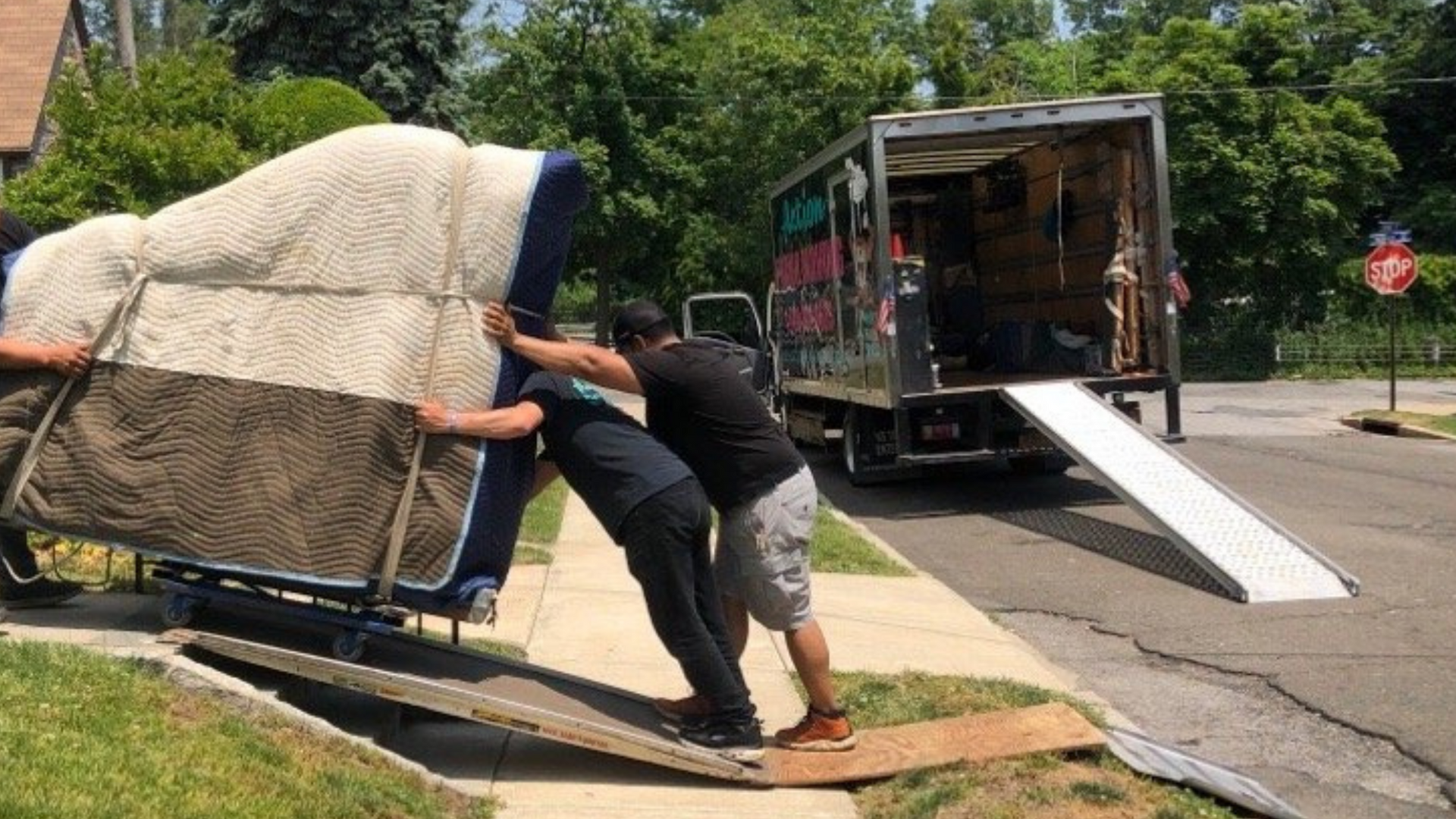The Ultimate Guide to Safe and Stress-Free Piano Moving
February 25, 2025
Moving a piano is no small task.

Whether you're relocating to a new home, moving a piano to a venue, or simply shifting it within your space, proper handling is essential to prevent damage and ensure safety. In this guide, we'll cover everything you need to know about piano moving, including expert tips, common mistakes to avoid, and why hiring professional piano movers is often the best choice.
Why Moving a Piano Requires Special Care
Pianos are delicate, heavy, and expensive instruments. A standard upright piano can weigh between 300 and 500 pounds, while grand pianos can exceed 1,000 pounds. Additionally, pianos have intricate internal mechanisms that can be easily damaged if not handled correctly. Factors like uneven weight distribution, fragile legs, and climate sensitivity make moving a piano a complex process that requires careful planning.
Essential Tips for Moving a Piano Safely
If you’re planning to move a piano yourself, here are some critical steps to ensure a smooth and safe move:
1. Gather the Right Equipment
- Moving straps or a piano dolly
- Heavy-duty furniture blankets for protection
- A team of at least 3-4 strong individuals
- Tape and padding to secure moving parts
2. Measure Doorways and Pathways
- Before you start moving the piano, measure all doorways, hallways, and stairwells to ensure a clear path. Remove any obstacles that might hinder movement.
3. Secure the Piano Lid and Keys
- For grand pianos, close and secure the lid to prevent internal damage. Use padding or blankets to protect the exterior from scratches and bumps.
4. Lift With Care
- Never lift a piano by its legs, as they are delicate and can break easily. Instead, distribute weight evenly and use proper lifting techniques to avoid injury.
5. Transport Carefully
- When moving the piano on a dolly, go slowly and keep it balanced. Avoid tilting it too much, as this can damage internal components.
Common Mistakes to Avoid
- Attempting to move it alone – Always have a team to help.
- Skipping protective padding – Without proper cushioning, scratches and dents are inevitable.
- Ignoring climate changes – Pianos are sensitive to temperature and humidity changes, which can affect their tuning and wood integrity.
- Using improper lifting techniques – Lifting incorrectly can lead to personal injury or damage to the piano.
While a DIY piano move might seem like
a cost-effective option, it comes with significant risks. Here’s why hiring a professional piano moving service is a smart investment:
- Experience and Expertise – Professional movers know how to handle pianos of all sizes and types.
- Specialized Equipment – They use high-quality dollies, ramps, and padding to protect the instrument.
- Reduced Risk of Injury – Moving a piano incorrectly can cause serious injury. Professionals are trained in safe lifting and transport techniques.
- Insurance Coverage – Many professional moving companies offer insurance, ensuring your piano is protected in case of accidental damage.
Conclusion
Moving a piano is a challenging task that requires careful preparation and execution. Whether you choose to move it yourself or hire professionals, taking the right precautions is crucial to prevent damage and ensure a smooth transition. If you're looking for experienced piano movers, our team is here to help. Contact us today for a free quote and expert assistance with your piano move!

Share On: